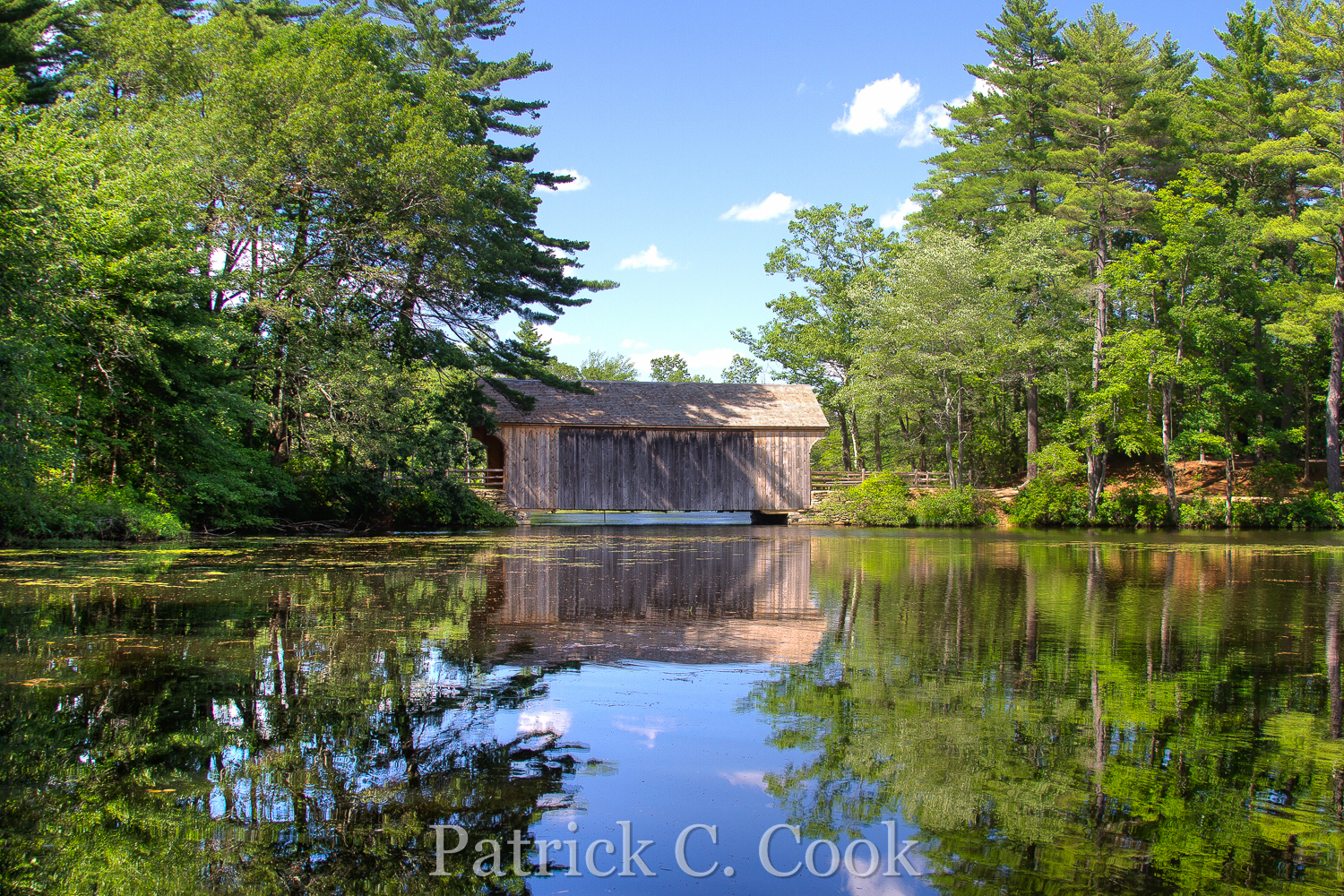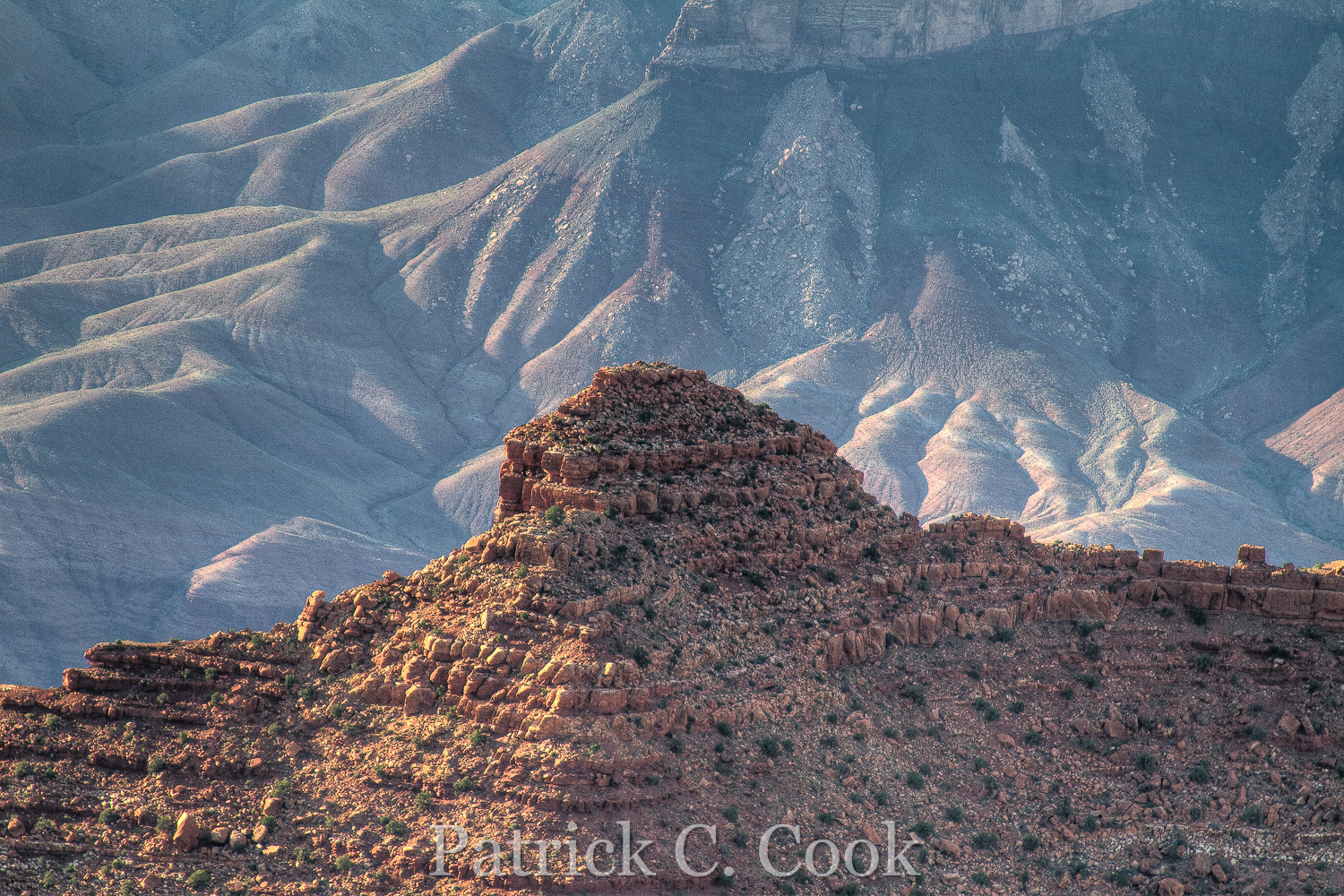When it comes to personal photography, I have this little monkey on my back that keeps telling me I shouldn't waste my time returning to the same photography site multiple times. My little monkey is actually quite convincing, using logic such as "you've already been there", "you need to forge new photography territories" and "it's time to move on". Stuff like that. All this logic becomes entrenched self-think that is hard to shrug off. Well, after hearing enough of my monkey's well-meaning logic, I told it that I have good reasons for returning to a site for personal photography. My little monkey then challenged me to give just three reasons. I said I'd give ten:
1. I can work on improving composition with the benefit of being able to compare from one visit to the next. We often don't realize compositional flaws until post processing, after we have left the site. Over multiple visits to the same site I can see any improvement (or lack of) because I then have shots from multiple visits by which to compare. If we have an objection to returning to a site, we'll have to accept errors in composition and hope we can apply any lessons learned at other sites under different circumstances. This is one reason why I'm happy we no longer have to wait days or weeks to review our photos as was common in the film days. Back then we didn't know the final results of our work until after the film was processed which, by then, the details of the shoot was fading from memory.
2. It gives me the opportunity for different lighting situations because the sun will be in a different position, the cloud pattern different or even a different season that has an impact on the plants and animal life. All of this changes the scene, even if just slightly, which offers me new challenges even though the site may be the same physically from one visit to the next.
3. I can focus on discovering new subject positions and new angles that may work better than my last visit. I don't have to walk down the same path. I can explore north rather than south. I can get up close or further away from selected subjects. Just because I'm at the same site doesn't mean I have to walk the same path or stand in the same location as previously.
4. I may shoot color during one particular visit to a site, HDR another visit and IR another visit. In this way I can explore the different methods of photography at the same site. I can compose on the same elements of the site, yet with different photography methods in mind. Certainly I could hike in with both my color and my IR cameras, but I actually prefer keeping the photographic methods separate so that I can be fully focused on the techniques related to the method I'm working with at the moment.
A small lake on a land preserve in Middlebury, CT. called Lake Elise.
This photo was taken in June 2013 using a Canon 6D.
A small lake on a land preserve in Middlebury, CT. called Lake Elise.
This photo was taken with a Canon 7D converted for near Infrared about a week after the above photo.
5. Returning to the same scene helps me be more comfortable at the site. The "been there, done that" is actually a benefit because my learning about the site can advance a bit further. By being a bit more self-informed about the location, I can study different details about the site - photographic gems are often invisible on first glance.
6. A site's most obvious attributes, having been the first to become familiar to me, are not as prominent in mind in subsequent visits. For instance, the lake structure and the tree line around the lake are easily discernible and therefore are the first elements to be noticed. But there are hidden treasures in the lake structure and tree line that may not be so obvious, such as a tree that has fallen into the lake or a cleared area along the lake's edge. When we can visually move past the obvious, we can better examine the detail.
7. On subsequent visits I experience less "get it right" tension because I have less at stake when returning to the scene. I know I'm there to enjoy photography, so the visit becomes more about photography than collecting photos. I know I could return to the site again if I want to, which allows me to relax about getting as many correct shots as possible. I get to relax into my photography.
8. I am less likely to be rushed. Since photography friends will likely bow out when they hear "I'm going back to....", it becomes a delicious lone trek that won't be cut short by an impatient photography companion who's own monkey long ago won the debate against repeat visits. On a lone trek I get to decide when I'm done. I get to decide if I've accomplished that's day's photography objective. When there is plenty of it, time is a photographer's best friend.
9. The drive to the site, the parking, the best time to be there and those types of logistics become better known. It becomes mentally easier to get to the site which allows for less mental effort expended toward the getting there. This preserves brain neurons for actually being there. Feeling less resistance to the logistics of getting to the site, I find I am more likely to go on the photo outing. There is less risk of wasting time with wrong turns. I can plan for the drive time so as to maximize on-site time. These little logistical details stack up.
10. And lastly, developing the discipline to practice photography isn't impeded by an overriding need to seek new sites. Although new sites often present us with new and interesting photography subjects, if the site becomes the primary objective for photography, it becomes more about the site than the photography. I always ask myself if I'm practicing photography or collecting photos. To avoid the later, I feel it's important to have less objection to revisiting a site (for purposes of personal photography) so that the site itself becomes an opportunity for photography, not the primary objective.
That's ten.
So, the next time your monkey starts on you with its brilliant logic about where you should, or shouldn't, go to enjoy and practice your photography, just read off the list of reasons above and see whether or not your monkey will let you enjoy your photography rather than keep up a relentless campaign for forging on to new sites. Tell it that the site isn't as important as the photography. Tell it that you can (and should) enjoy personal photography wherever you are. An objection to revisiting a site for photography is, well, just self-think that denies us from developing a deeper appreciation for the site itself, and could even impede skills development in photography. Your monkey may be a pest like mine is, but our monkeys need not rule our photography.
Pat
Dade County Metropolitan Zoo, Miami Florida 2004


















